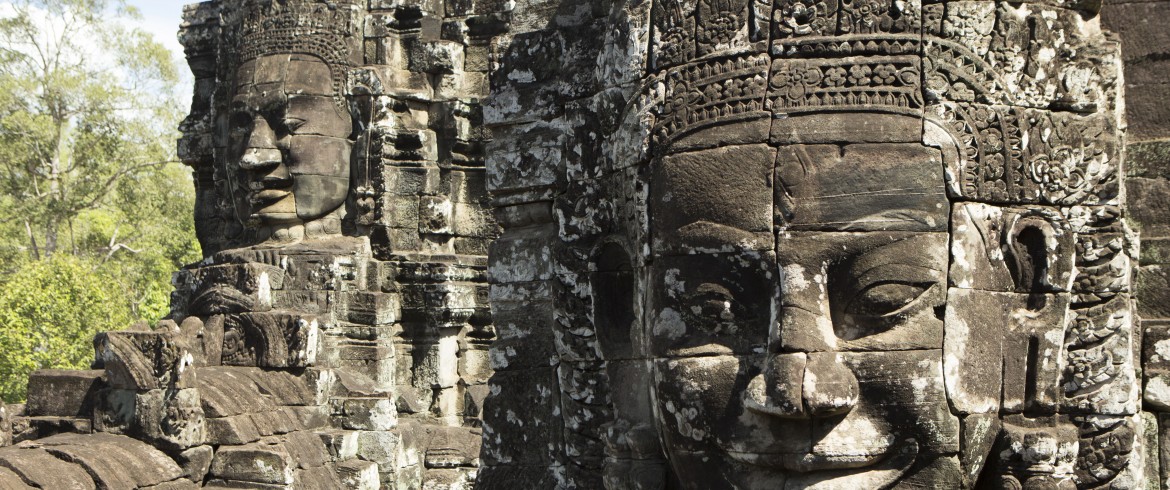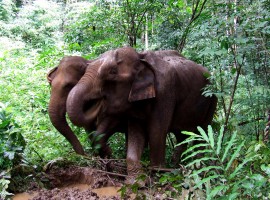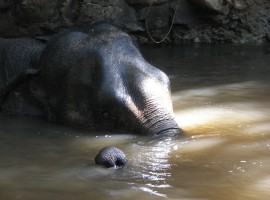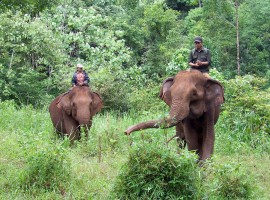Cambodia is the surprise you do not expect. We arrive here by curiosity, driven by the charm of Angkor temples and we find ourselves in a country that goes far beyond expectations. Cambodia is a place where you can experience a journey of wild nature and historical memory. A glorious history, that of monumental temples, and another more recent and painful, the story of the stil otto little known genocide by the Khmer Reds.
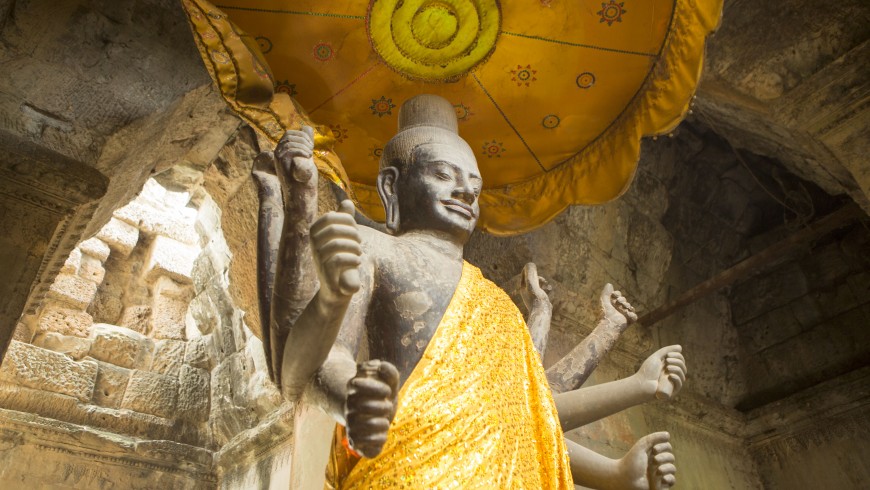
Cambodia is relatively unattractive to European tourists, while Asian mass tourism has long discovered this wonderful country, with resulting adverse effects. However, although the country is evolving very quickly, there are still places in Cambodia that have not been touched by mass tourism for now and where it is possible to experience authentic travel experiences in close contact with the country’s reality. Here are 6 steps recommended to all those who want to be amazed by Cambodia.
1. Phnom Penh, because we won’t forget
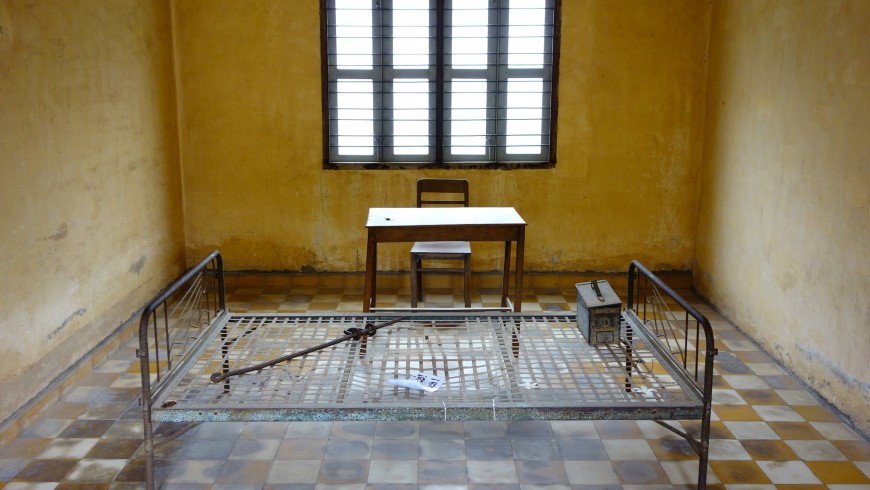
The capital of Cambodia is a chaotic city and for the moment it is not inclined to eco tourism, however, Phnom Penh is a must-have for the painful recent history of the country through the visit to the Fields of Storm and the Tuol Sleng Museum, a former school used as prison and place of torture during the Red Khmer regime. It is difficult for the suffering narrating in these places to leave this place indifferent.
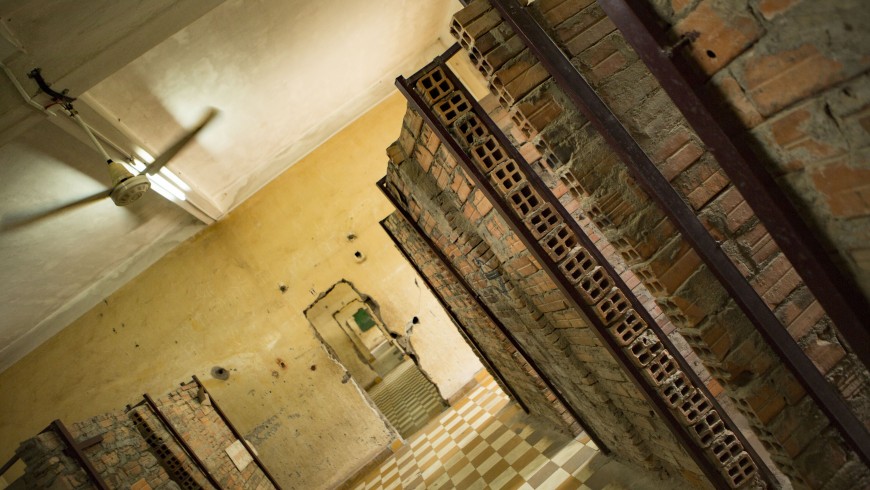
Phnom Penh offers various leisure options, including a visit to the Russian Market and the Central Market that are certainly among the most picturesque experiences that can be made.
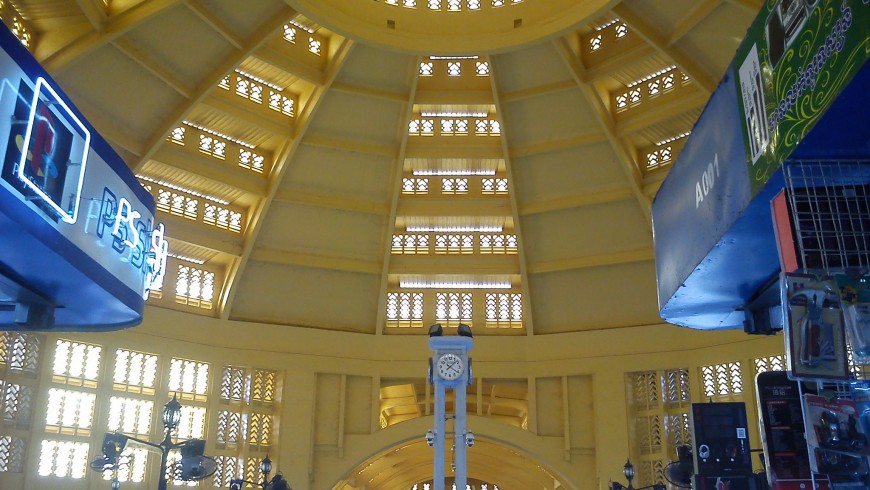
Ferries and boats connect Phom Penh with Vietnam and, if you want to reach the capital of Cambodia in great style, you can cross the border between the two countries by climbing the Mekong aboard one of these boats.
2. Kep and Kampot: the future is in pepper
The colonial towns of Kep and Kampot have a sleepy charm and are the ideal place to rest for a few days by the sea. Kep is famous for its crab cuisine, its beach and the nearby islands. In Kampot, in addition to a visit to its ruined colonial buildings, we suggest you to go to the Bokor National Park, where the ghostly climatic station built by the French in the 1920s is now reduced to a ghost town.
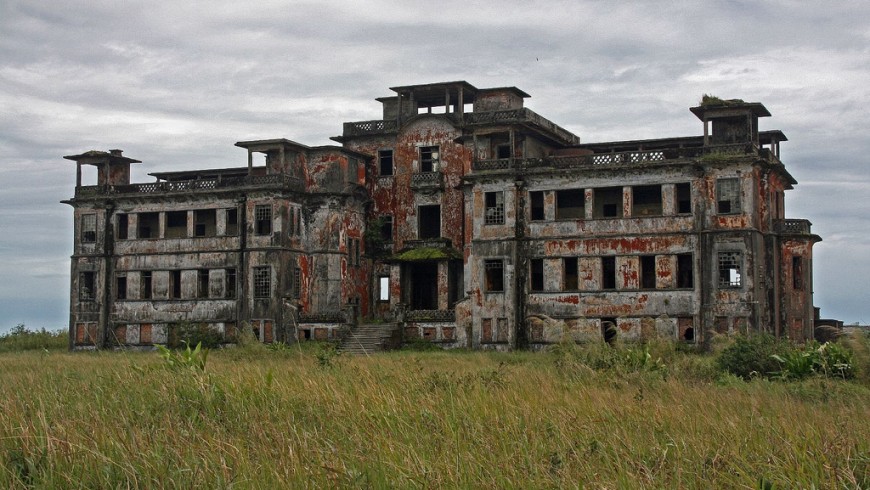
However, the true richness of this area is the organic pepper cultivation and one of the best experiences to do in the area is for sure visiting a plantation where you can find all the aromatic varieties of Cambodia pepper. Particularly worthy of mention is the La Plantation, which has become famous for its organic cultivation techniques and the economic support it offers to local communities.
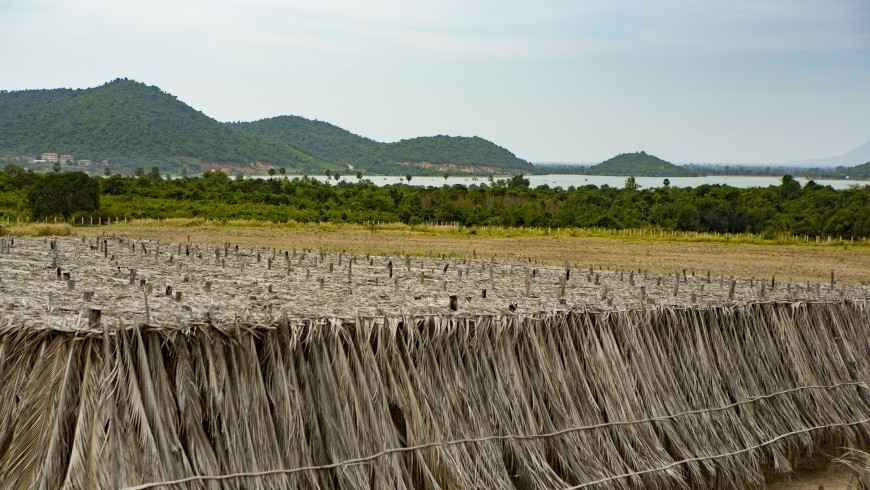
3. As castaways in Kho Rong Samloem
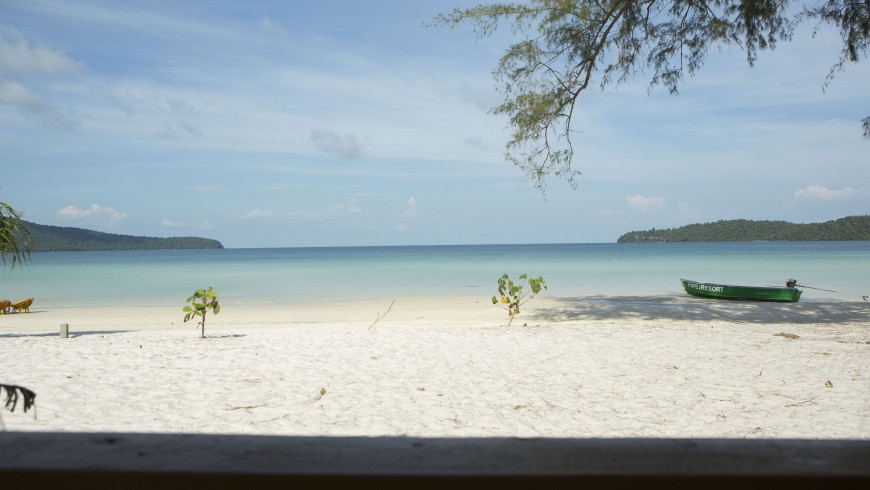
Forget the popular resorts as Sihanoukville and discover one of the most paradisiacal islands of Cambodia: Kho Rong Samloem.
There are no means of transport on this island, you are barefoot on the beach or you can move by the boat, and the only available accommodation consists of a series of bungalows on the beach where electricity is only provided during a few hours and the Wi-Fi is almost non-existent. The only “concern” you can have here is to decide whether to take snorkeling, go out to sight the phosphorescent placton at night or stay on the beach sunbathing.
4. The treasure of Cambodia: the temples of Angkor
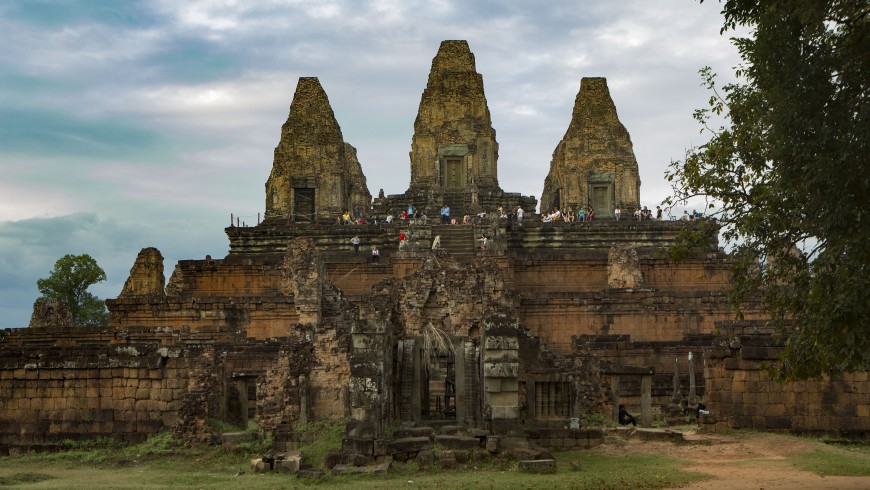
You cannot go to Cambodia without visiting the monumental complex of Angkor temples. Angkor Wat’s temple is just the most famous of a series of hundreds of finely sculpted monuments scattered in the jungle. To enjoy a thorough and relaxed visit, the ideal place is to rent a bicycle and spend at least two or three days exploring the temples by cycling through the vegetation that surrounds these stone marvels.
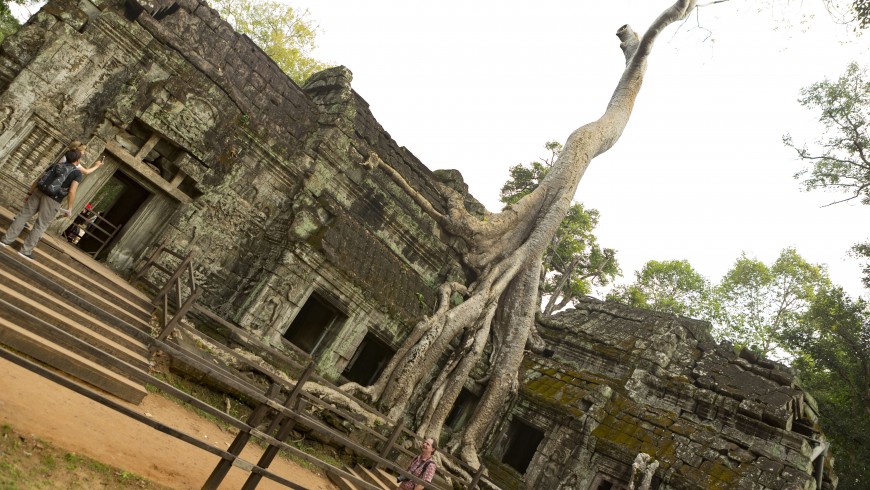
To find some coolness after visiting Angkor temples, you can go to the discovery of a very popular place among the locals and still not well known to tourists: the Phnom Kulen Park. Who decides to venture on top of this massive will be rewarded by a bath under the wonderful Kulen waterfall and the vision of the great Buddha lying in the park’s temple.
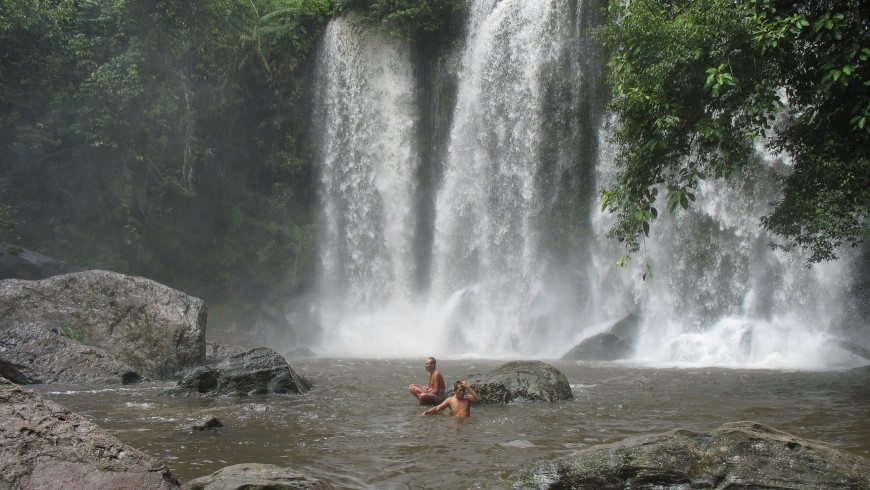
5. Look at the pink dolphins at Kratie
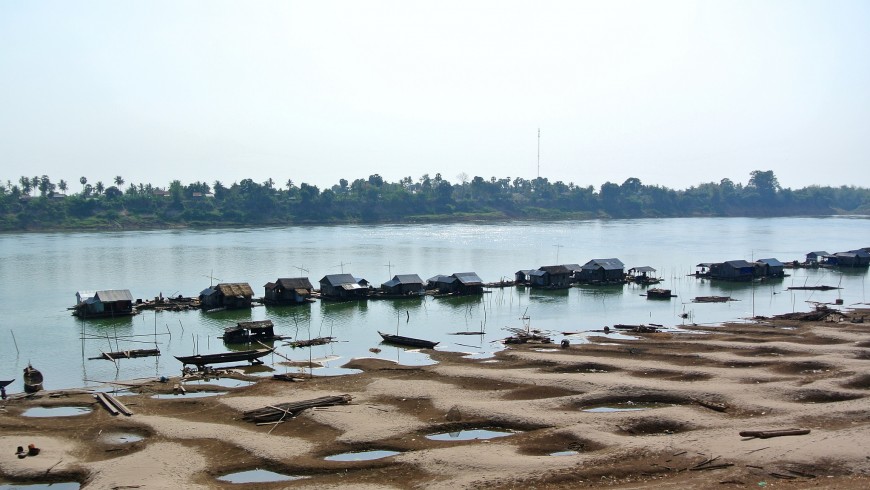
The Kratie town, facing the Mekong, is the perfect starting point for cycling in the surrounding countryside but above all to sail on the river in search of the rare pink dolphins. These mammals are a sort of freshwater dolphin that year after year is becoming increasingly rare and several local groups have long promoted sustainable tourism in the area that points to their safeguard.
6. Meet elephants in Ratanakiri
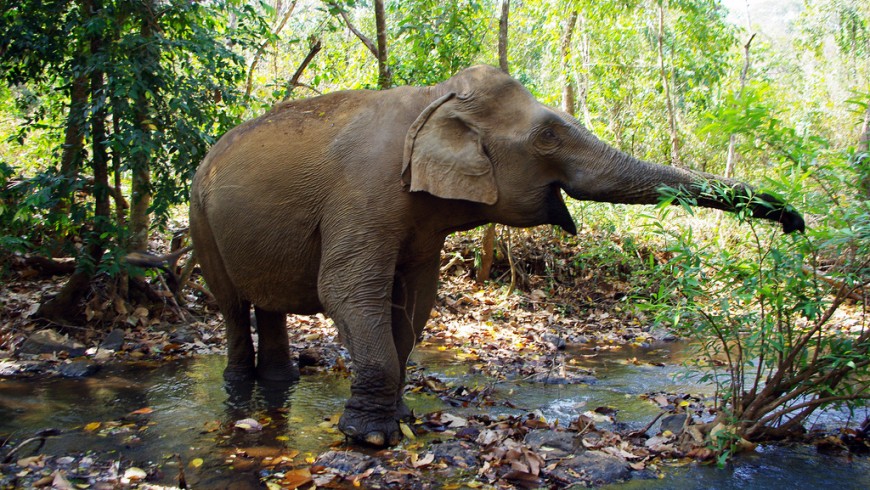
The province of Ratnakiri, located to the extreme east of Cambodia and towards the border with Laos, is outside of the classic tourist itineraries and reaching it is not easy because of its crumbling streets in red ground.

However, those who venture to this area will be rewarded by a wilder nature, the variety of ethnicities and minorities, and the chance to see a colony of elephants in freedom. In Cambodia, like in other parts of Asia, elephants are often abused for tourist purposes or forced to work very hard, but in this province there’s the Elephant Valley Project dedicated to safeguarding them. Here, travelers who want to experience an exciting experience will be able to see closely elephants who have been taken from forced labor and walk beside them while grazing freely in the jungle.
